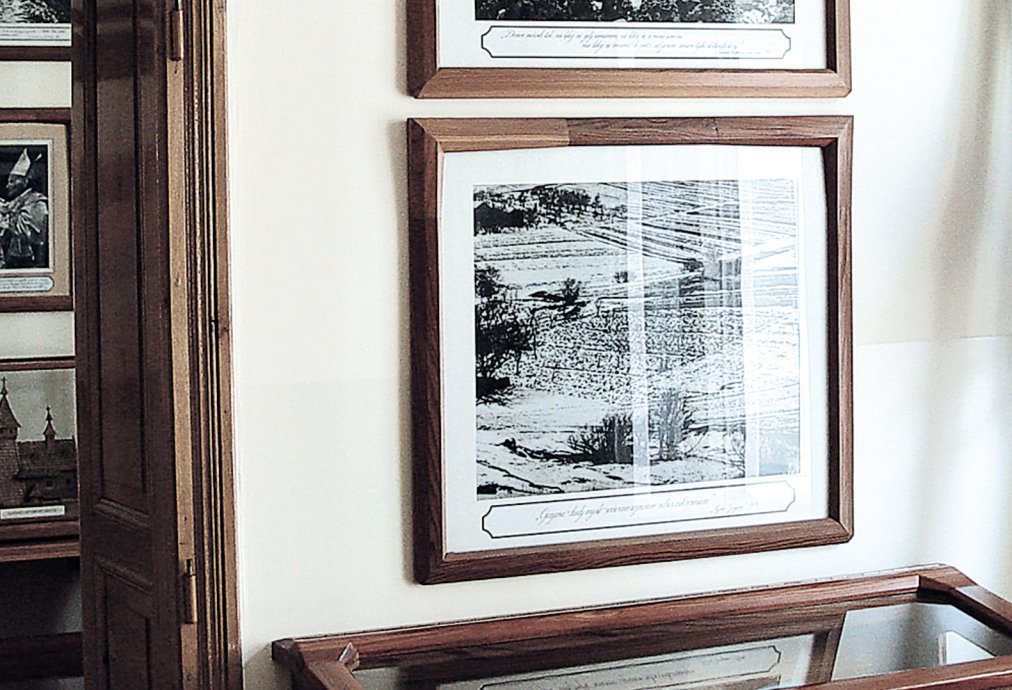
The history
The tenement house at No 7 Kościelna Street (formerly No 2 Rynek) was built around 1870. It used to belong to Seweryn Kurowski, a chemist and deputy mayor of Wadowice. In 1905, the house became the property of Józef Lisko, a confectioner, who – six years later – sold it to a Jew, Chaim Bałamuth, a merchant and president of the local Jewish community as well as a town alderman. There, Bałamuth ran a hardware store facing the Square, and Adolf Zadora had a bookbinding workshop in the back while upstairs flats were rented out to lodgers.
Wojtyla family
In 1919, Karol Wojtyła Sr., his wife Emilia Kaczorkowska and their 13-year-old son Edmund moved in, taking up two rooms and a kitchen. Their second son, Karol Józef (the future Holy Father John Paul II) was born there on May 18, 1920 and lived there for the next eighteen years. During that time, he lost both his mother who died in 1929 and his brother Edmund who passed away in 1932. Together with his father he left Wadowice in 1938 to study at the Jagiellonian University in Cracow, majoring in Polish.
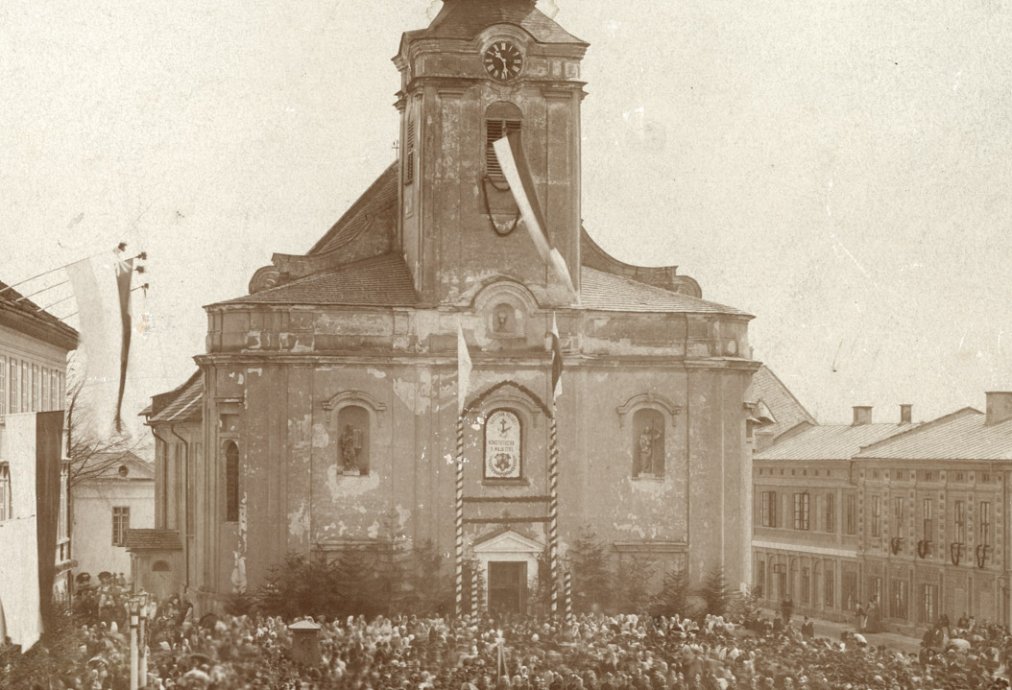
Their old home had undergone many changes: a parquet floor replaced the old painted boards; the doors connecting an enfilade suite of rooms were moved from close to the windows to the center of the walls; a new door opened to the balcony now; two windows (overlooking the church) were walled up; and finally, three more rooms were added.
The idea to set up a museum dedicated to the Pope was first conceived by Rev. Prelate Edward Zacher, Ph.D., long serving the Holy Father as his religion teacher and a parish priest in Wadowice, and His Eminence Franciszek Cardinal Macharski. Before the museum could be established, it was necessary to find substitute flats for the lodgers.

Father Zacher proved very helpful in handling the formalities while the Metropolitan Curia of Cracow and the Wadowice Town Council both offered their support. By 1980, most lodgers had moved out making it possible to undertake major renovation of the building in 1981-1982. The house was very dilapidated and required reinforcing the floors, replacing the wooden balcony with a concrete one, replacing the windows and laying a new parquet floor.
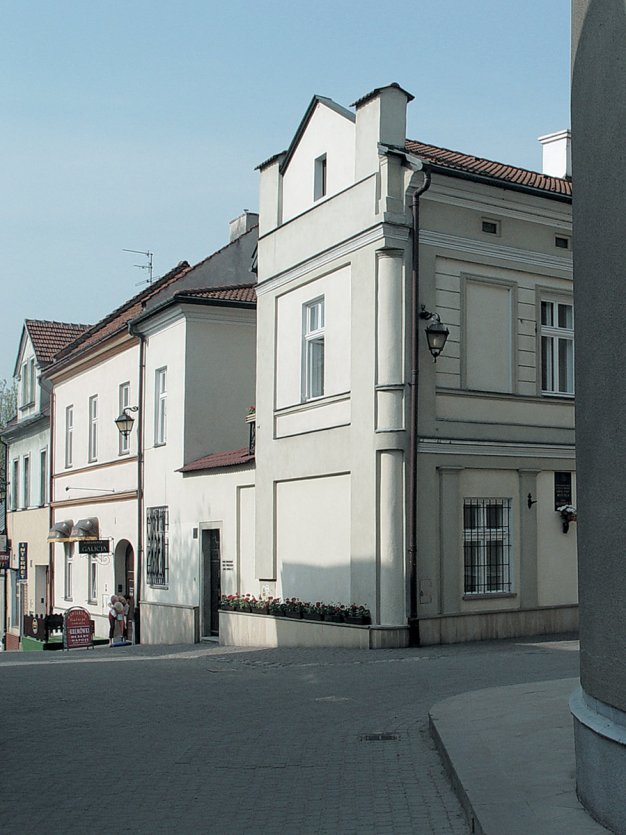

On May 18, 1984 – John Paul II’s 64th birthday – the exhibition in the Holy Father John Paul II Family Home was ready.
As only very few original fixtures and furniture of the Wojtyłas’ flat survived, the exhibition had the character of a rather permanent biographical display. Its objective was to portray and preserve for posterity the life and works of Karol Wojtyła in Poland before he became the Bishop of Rome. The exhibition consisted of John Paul II’s personal belongings and chronologically arranged papers, handwritten documents, books and photographs. The most valuable exhibits included: a picture – the First Holy Communion keepsake; a scapular presented to young Karol Wojtyła by the Carmelite Fathers of Wadowice on “Górka”; a picture taken at his first Holy Mass Service with his autograph; two rosaries of the Holy Father (one given to him by Sister Lucia of Fatima); his cardinal’s garment; the papal garment which he put on immediately after being elected the Pope. The exhibition was designed by Marek Rostworowski.
In 1998, two more rooms were added to the permanent exhibition to showcase a composition of photographs arranged so as to symbolically depict Pope John Paul II and his homeland. The photographs were taken during the Holy Father’s three visits to Wadowice and at the 20th anniversary of his appointment to the Holy See.
The museum, run by the Sisters of the Holy Family of Nazareth, became very popular with pilgrims and tourists from all over the world.
As only very few original fixtures and furniture of the Wojtyłas’ flat survived, the exhibition had the character of a rather permanent biographical display. Its objective was to portray and preserve for posterity the life and works of Karol Wojtyła in Poland before he became the Bishop of Rome. The exhibition consisted of John Paul II’s personal belongings and chronologically arranged papers, handwritten documents, books and photographs. The most valuable exhibits included: a picture – the First Holy Communion keepsake; a scapular presented to young Karol Wojtyła by the Carmelite Fathers of Wadowice on “Górka”; a picture taken at his first Holy Mass Service with his autograph; two rosaries of the Holy Father (one given to him by Sister Lucia of Fatima); his cardinal’s garment; the papal garment which he put on immediately after being elected the Pope. The exhibition was designed by Marek Rostworowski.
In 1998, two more rooms were added to the permanent exhibition to showcase a composition of photographs arranged so as to symbolically depict Pope John Paul II and his homeland. The photographs were taken during the Holy Father’s three visits to Wadowice and at the 20th anniversary of his appointment to the Holy See.
The museum, run by the Sisters of the Holy Family of Nazareth, became very popular with pilgrims and tourists from all over the world.
Museum reconstruction
After the famous papal speech in Wadowice, in June 1999, Chaim Bałamuth's heir decided to put the townhouse up for sale. In March 2006, the Ryszard Krauze Foundation bought it and donated it to the Archdiocese of Krakow. Together with Cardinal Stanislaw Dziwisz, it was decided to create a modern museum to perpetuate and popularize the heritage of the Polish Pope. For the next two years, intensive work was carried out on the concept for the reconstruction of the museum.
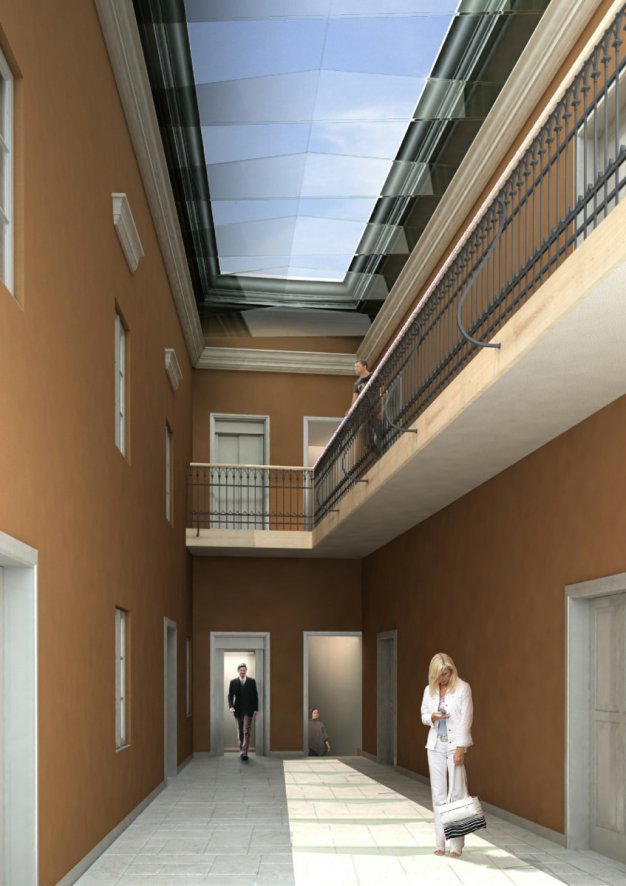
On October 16, 2009, a letter of intent was signed in Cracow, establishing a cultural institution called the Family Home Museum of the Holy Father John Paul II in Wadowice. The letter was signed by representatives of the Organizers: the Ministry of Culture and National Heritage, the Malopolska Province, the Archdiocese of Cracow and the Municipality and Town of Wadowice.
A year later, on October 5, 2010, a Deed of Foundation was signed in Wadowice, initiating the preparation of a new Museum exhibition, which will serve to commemorate, preserve and disseminate the heritage and life of John Paul II - a moral authority for the modern world. The unit, in its assumptions, will inspire cultural, civic, trade union, local government, social and European initiatives with a universal dimension, and actively participate in the construction of a national identity based on Christian values.
Translated with www.DeepL.com/Translator (free version)
A year later, on October 5, 2010, a Deed of Foundation was signed in Wadowice, initiating the preparation of a new Museum exhibition, which will serve to commemorate, preserve and disseminate the heritage and life of John Paul II - a moral authority for the modern world. The unit, in its assumptions, will inspire cultural, civic, trade union, local government, social and European initiatives with a universal dimension, and actively participate in the construction of a national identity based on Christian values.
Translated with www.DeepL.com/Translator (free version)
Narrative museum
Father Pawel Danek was appointed director of the established institution. He was entrusted with the mission of preparing the substantive base of the Museum's exhibition and supervising the modernization of the tenement house at 7 Koscielna St. The reconstruction project was entrusted to the architectural studio Klaput Project - Barbara and Jaroslaw Klaput.
The idea was to restore the building to its 1930s appearance and, based on witness accounts, to recreate the Wojtyls' apartment as faithfully as possible. The center of the exhibition was preserved in the original rooms once occupied by the Wojtyła family. The entire exhibition has been given a narrative character, with the rooms arranged thematically and chronologically to guide the viewer through the successive stages of the great Pole's life.
The idea was to restore the building to its 1930s appearance and, based on witness accounts, to recreate the Wojtyls' apartment as faithfully as possible. The center of the exhibition was preserved in the original rooms once occupied by the Wojtyła family. The entire exhibition has been given a narrative character, with the rooms arranged thematically and chronologically to guide the viewer through the successive stages of the great Pole's life.
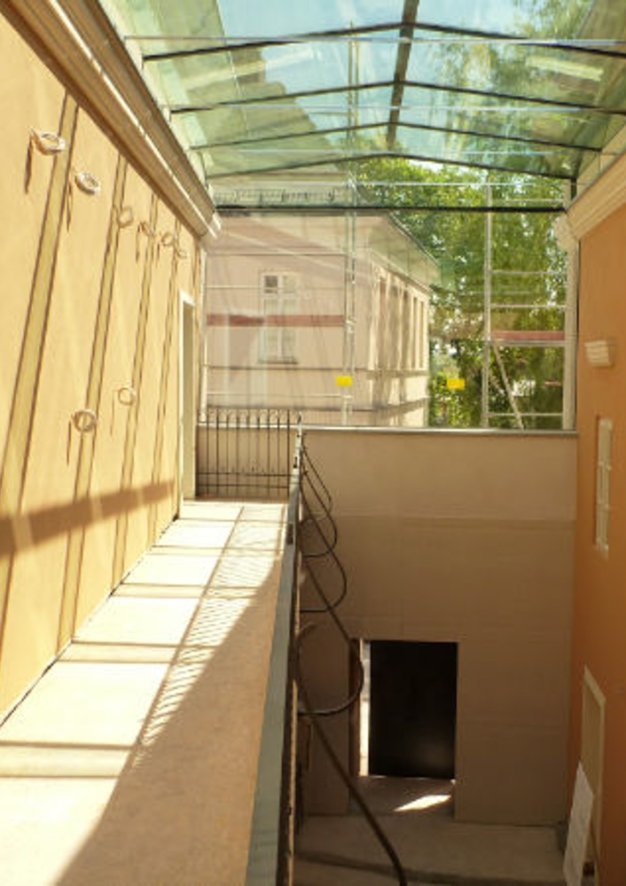
A new exhibition
The newly created Museum was entered in the register of cultural institutions maintained by the Malopolska Region. On May 6, 2010, it was granted legal personality, at which time the Statute of the Museum was promulgated. On April 7, 2011, the first Museum Council was appointed, with Rev. Cardinal Stanislaw Rylko as chairman. Since November 2012, Rev. Dr. Dariusz Raś served as director, overseeing the continuation of work on the new exhibition and preparing it for the grand opening, which took place on April 9, 2014.
100th anniversary
One of the most important events in the history of the institution was the celebration of the 100th anniversary of the birth of St. John Paul II. Preparations for this great moment were entrusted to Rev. Dr. Jacek Pietruszka, who took over as director in September 2015. For the next four years he oversaw the development of the Museum's statutory activities. Thanks to his efforts, the exhibition was enriched with valuable artifacts, including personal mementos donated by Pope Benedict XVI. Rev. Dr. Jacek Pietruszka's activities were cut short by his death in 2019.
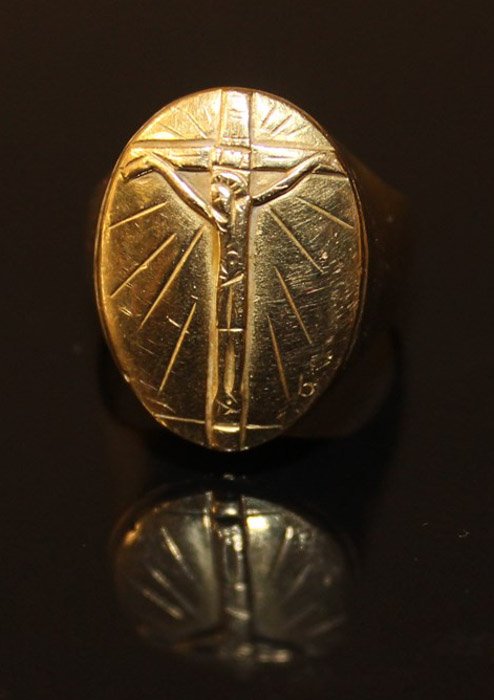
He was succeeded by Rev. Luke Piórkowski, appointed in the year of the 100th anniversary of the birth of the Museum's great patron - February 1, 2020. The timing of preparations for the anniversary coincided with the outbreak of the pandemic, which posed new challenges for the Team.
Since 2014, the Museum has hosted visitors from all over the world, including distinguished guests: school friends of Karol Wojtyla - Halina Królikiewicz-Kwiatkowska and Eugeniusz Mroz; his former students and members of the so-called "Environment," Church hierarchs, close associates of John Paul II, heads of state, parliamentarians and media people.
The Wadowice Museum is one of the most important points on the map of places associated with the Polish Pope. It is one of the most visited museums in Poland. From here John Paul II set out to go through the world, bringing the Good News, hope and peace. His life, activities inspire and empower millions of people around the world, including those who come to his native home.
Since 2014, the Museum has hosted visitors from all over the world, including distinguished guests: school friends of Karol Wojtyla - Halina Królikiewicz-Kwiatkowska and Eugeniusz Mroz; his former students and members of the so-called "Environment," Church hierarchs, close associates of John Paul II, heads of state, parliamentarians and media people.
The Wadowice Museum is one of the most important points on the map of places associated with the Polish Pope. It is one of the most visited museums in Poland. From here John Paul II set out to go through the world, bringing the Good News, hope and peace. His life, activities inspire and empower millions of people around the world, including those who come to his native home.
